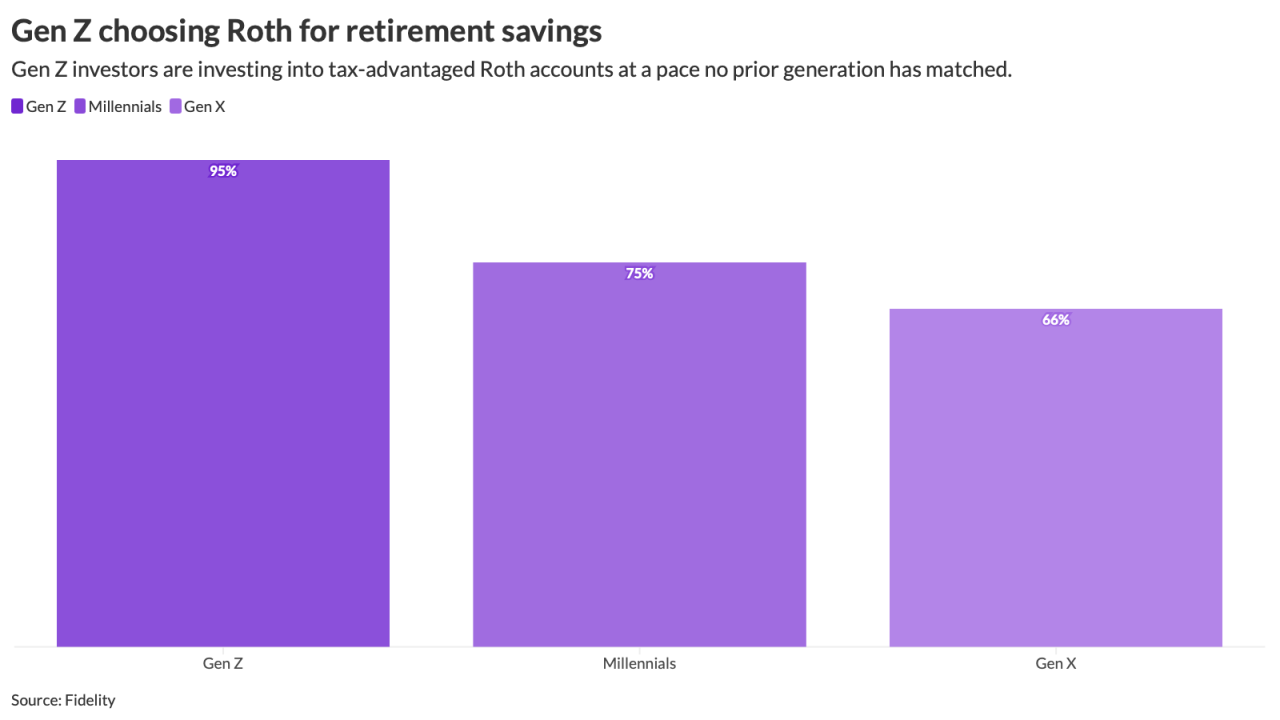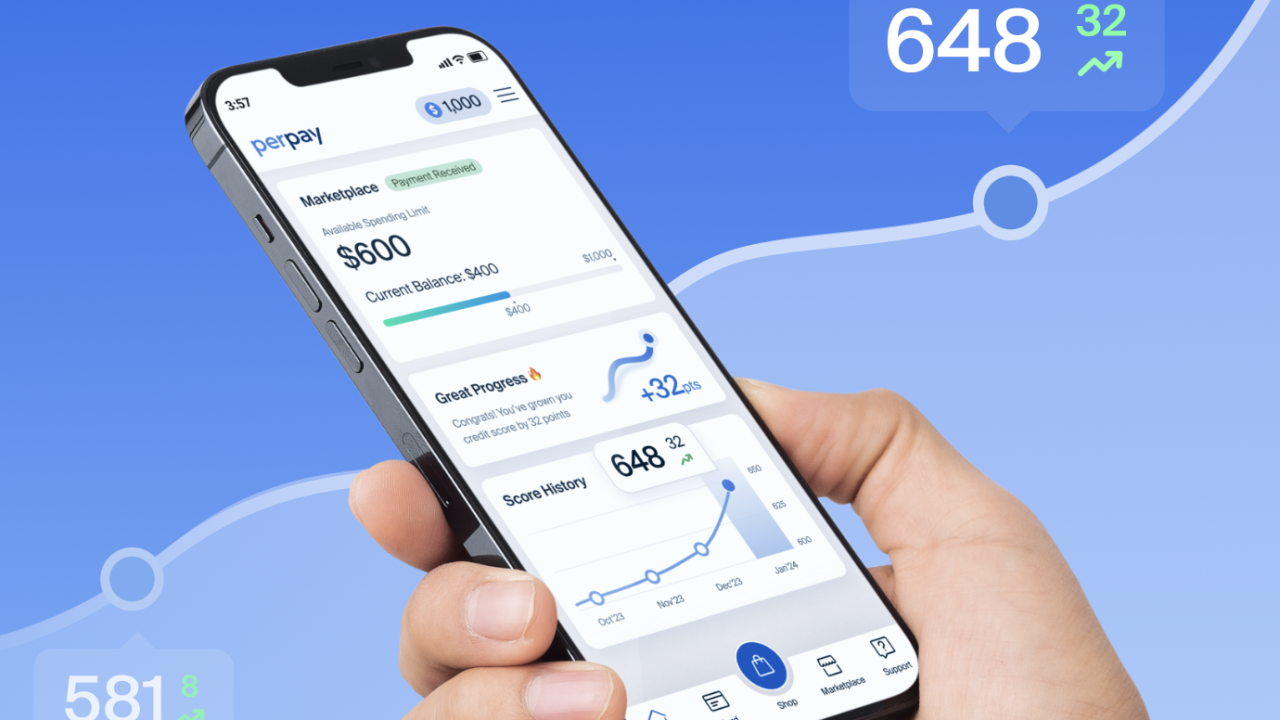Employers are getting more creative with their health benefits — and many are recognizing that traditional plans just don’t cut it anymore.
That’s according to new data from DirectPath, a personalized benefits education company that conducted an analysis of 1,004 employer health plans to see what kinds of offerings they were providing to workers this year.
The company found that employers are expanding wellness incentives and offering more high-deductible health plans in conjunction with health savings accounts and health reimbursement accounts. They also are covering preventive drugs at 100% of cost, with a handful covering them at a lower cost than generic medications.
“I’m sort of terming this the year of innovation,” says Kim Buckey, vice president of client services at DirectPath. “When I was sifting through the data, there’s a lot of interesting and different approaches bubbling up to the top.”

While it’s common for employers to extend wellness incentives — like gift cards or discounted premiums — to employees who complete a virtual wellness test or earn a certain number of wellness points, DirectPath found that employers are extending incentives beyond these typical activities. Some companies are giving incentives to workers who get dental checkups, donate blood, volunteer in the community or receive a second opinion at a center of excellence.
“It’s a different interpretation of wellness; it’s not just the individual. It’s the whole family or community,” she says. “We’re seeing a lot of creativity on the part of employers and their advisers.”
DirectPath also found that 12% of employers are covering preventive drugs at full cost, with several employers covering them at a lower cost than generic medications. Although it may be a small percentage now, Buckey says she thinks this is a trend that employers will continue to embrace moving forward.
“By taking preventive medications, you’re either going to prevent or delay the onset of something acute or chronic that will cost both the employee and the employer more money down the line,” she says.
More than half of the employers analyzed by DirectPath offer HRAs or HSAs in conjunction with their high-deductible health plans. HSAs are more popular — 79% of employers offer them to workers, the company found. Buckey says that employers realize that if they are enrolling employees in HDHPs, they have to offer another way for workers to save money.
“If they’re driving enrollment in a high-deductible plan, they have to provide some level of support, through either an HRA or an HSA,” she says.
Meanwhile employers are shying away from telehealth, which may be a reflection of the low utilization rates, DirectPath notes. The total number of employers offering the benefit fell from 55% to 42%.
See also:
Many of these changes may be related to the influx of millennial employees in the workplace, Buckey says. Younger workers often are looking for innovative benefits offerings, in particular on-demand healthcare, so employers may want to re-explore telemedicine moving forward. They also may want to look at providing
“As we see these innovative approaches becoming more mainstream, I think that’s going to encourage employers to explore them for themselves,” she says.





